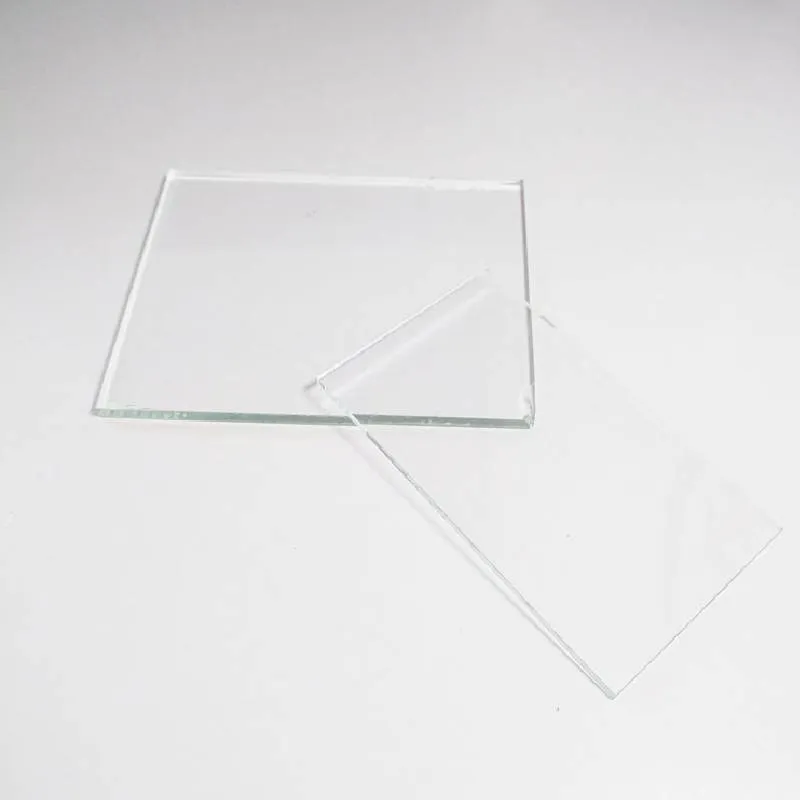The Art and Innovation of Architectural Glassworks
Architectural glassworks play a crucial role in contemporary architecture, blending aesthetics and functionality in ways that transform our built environment
. From grand skyscrapers to serene residential spaces, glass has emerged as a vital medium that enhances the beauty of structures while also serving practical purposes. The evolution of architectural glassworks encompasses a rich history and innovative advancements that continue to redefine how we perceive and interact with architecture.
Historically, glass has been used in architecture for centuries, with its roots tracing back to ancient civilizations. Romans perfected glass-making techniques, while Gothic cathedrals of the Middle Ages showcased vibrant stained glass windows that told stories and illuminated the interiors with colorful light. These early uses of glass not only provided light but also connected the indoor spaces with the outside world, a concept that remains essential in modern architectural design.
As technology advanced, so did the capabilities of glass. The Industrial Revolution brought forth new methods of production, resulting in clearer, stronger, and more versatile glass. Today, architectural glassworks include a range of types, each offering unique properties. From tempered and laminated glass to insulated and low-emissivity options, architects can choose the right type of glass according to their design needs and energy efficiency goals.
One of the most significant innovations in architectural glass is the introduction of structural glazing. This technique enables glass to serve as a structural element of a building, allowing for the creation of stunning facades without the need for traditional framing. This not only reduces the visual bulk of a structure but also maximizes natural light, creating bright and welcoming interiors. The iconic glass curtain wall, seen in many modern skyscrapers, exemplifies this approach, allowing for seamless views of the skyline while providing a sleek aesthetic.
architectural glassworks
Moreover, the rise of smart glass technology has opened up new possibilities in architectural design. Smart glass can change its properties in response to environmental stimuli, such as heat, light, or even the touch of a button. This capability allows buildings to optimize natural light and heat, improving energy efficiency and comfort for occupants. For instance, electrochromic glass can darken when exposed to sunlight, reducing glare and heat accumulation. This feature not only enhances the livability of a space but also contributes to sustainable building practices by reducing reliance on artificial lighting and climate control.
Architectural glassworks also have a profound impact on the overall experience of a space. The transparency of glass fosters a sense of connection between indoor and outdoor environments, blurring the boundaries of living and working spaces. Landscapes become integral components of architectural design, as large glass windows and walls invite nature into urban settings. This idea of biophilic design—connecting people with nature—has gained traction in recent years, emphasizing the importance of incorporating natural elements in architecture for improved well-being.
Additionally, glass plays a significant role in enhancing safety and security in architecture. Advancements in glass technology have led to the development of impact-resistant and blast-resistant glass, ensuring that structures can withstand various environmental challenges while providing peace of mind for occupants. Architectural glassworks can now be designed to not only look beautiful but also guarantee safety, a vital consideration in today’s ever-evolving architectural landscape.
In conclusion, architectural glassworks embody the harmony between art and engineering, creating spaces that are not only visually stunning but also highly functional. As technology continues to advance, the possibilities for architectural glass will only expand, allowing architects and designers to push the boundaries of creativity and innovation. Embracing the transformative power of glass will undoubtedly shape the future of architecture, as we strive to create environments that reflect our values, aspirations, and our connection to the world around us.
 Afrikaans
Afrikaans  Albanian
Albanian  Amharic
Amharic  Arabic
Arabic  Armenian
Armenian  Azerbaijani
Azerbaijani  Basque
Basque  Belarusian
Belarusian  Bengali
Bengali  Bosnian
Bosnian  Bulgarian
Bulgarian  Catalan
Catalan  Cebuano
Cebuano  Corsican
Corsican  Croatian
Croatian  Czech
Czech  Danish
Danish  Dutch
Dutch  English
English  Esperanto
Esperanto  Estonian
Estonian  Finnish
Finnish  French
French  Frisian
Frisian  Galician
Galician  Georgian
Georgian  German
German  Greek
Greek  Gujarati
Gujarati  Haitian Creole
Haitian Creole  hausa
hausa  hawaiian
hawaiian  Hebrew
Hebrew  Hindi
Hindi  Miao
Miao  Hungarian
Hungarian  Icelandic
Icelandic  igbo
igbo  Indonesian
Indonesian  irish
irish  Italian
Italian  Japanese
Japanese  Javanese
Javanese  Kannada
Kannada  kazakh
kazakh  Khmer
Khmer  Rwandese
Rwandese  Korean
Korean  Kurdish
Kurdish  Kyrgyz
Kyrgyz  Lao
Lao  Latin
Latin  Latvian
Latvian  Lithuanian
Lithuanian  Luxembourgish
Luxembourgish  Macedonian
Macedonian  Malgashi
Malgashi  Malay
Malay  Malayalam
Malayalam  Maltese
Maltese  Maori
Maori  Marathi
Marathi  Mongolian
Mongolian  Myanmar
Myanmar  Nepali
Nepali  Norwegian
Norwegian  Norwegian
Norwegian  Occitan
Occitan  Pashto
Pashto  Persian
Persian  Polish
Polish  Portuguese
Portuguese  Punjabi
Punjabi  Romanian
Romanian  Russian
Russian  Samoan
Samoan  Scottish Gaelic
Scottish Gaelic  Serbian
Serbian  Sesotho
Sesotho  Shona
Shona  Sindhi
Sindhi  Sinhala
Sinhala  Slovak
Slovak  Slovenian
Slovenian  Somali
Somali  Spanish
Spanish  Sundanese
Sundanese  Swahili
Swahili  Swedish
Swedish  Tagalog
Tagalog  Tajik
Tajik  Tamil
Tamil  Tatar
Tatar  Telugu
Telugu  Thai
Thai  Turkish
Turkish  Turkmen
Turkmen  Ukrainian
Ukrainian  Urdu
Urdu  Uighur
Uighur  Uzbek
Uzbek  Vietnamese
Vietnamese  Welsh
Welsh  Bantu
Bantu  Yiddish
Yiddish  Yoruba
Yoruba  Zulu
Zulu 

